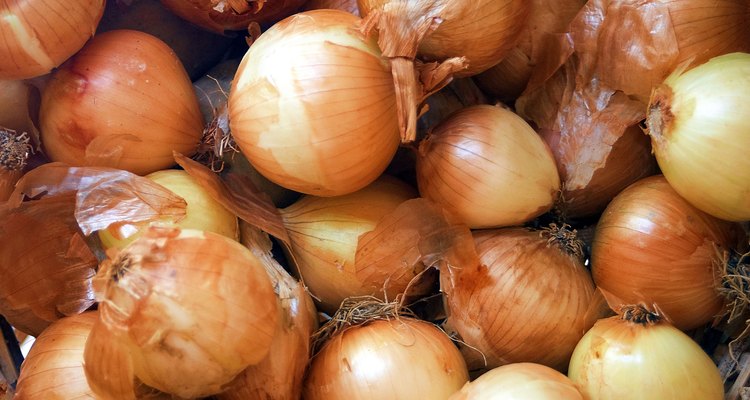
Blanching is the process of cooking a fruit or vegetable in boiling water before drenching it in cold water or an ice bath to stop the cooking. The process serves a few purposes. It cleans vegetables by removing dirt, gets rid of potentially dangerous organisms, brightens the vegetables' color, makes them softer, and slows the loss of essential vitamins. Many vegetables, including onions, benefit from this easy cooking process, which takes less than 10 minutes.
Tools of the Trade
Before blanching onions, gather some basic tools to simplify the process, particularly if you have never blanched a vegetable. Collect a cutting board, knife, a large bowl for the cold water or ice bath, a pot appropriate for the number of onions being blanched, a slotted spoon, and a lint-free cloth or paper towel for drying blanched onions. No pot lid is necessary as vegetables are generally blanched uncovered.
Getting Prepared
After bringing a pot of water to a boil, salt the water liberally. Prepare your cold water or ice bath in a large bowl and set it aside. Carefully remove the ends and skin from onion. Though it is possible to blanch onions whole, they blanch faster if you cut them into uniform quarters. Onions may also be blanched in rings, but they cook much more quickly than larger pieces. Onions sliced into rings should be as close to uniform thickness as possible for even blanching results.
Ready for Blanching
Gently place the onion quarters into the boiling water with a slotted spoon. Onions only require four to five minutes at high heat to blanch to al dente -- onions cut into rings will cook in only three minutes. Since blanching creates a crisp-tender texture, avoid overcooking your onions. Onions will break down, turn mushy and fall apart if overcooked. After boiling the onions, scoop them out of the boiling water and into the cold water or ice bath, a process called shocking. When the onions have cooled completely, pat them dry with a lint-free cloth or paper towels.
Blanching Facts
Though blanching is an often overlooked way to prepare vegetables, there are many benefits to doing so. Blanching makes it easier to remove skins from fruits and vegetables, creates a crisp texture, and stops enzyme activity from turning vegetables brown. Blanching vegetables, including onions, before freezing them can slow the depletion of nutrients, and blanching vegetables makes them easier to mash or puree. When blanched foods will be cooked more later, the process of blanching is referred to as parboiling.
Related Articles
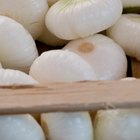
How to Blanch Onions

How to Get Rid of Onion Stings

How to Easily Peel the Skin Off a Pearl ...
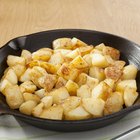
Can I Freeze Cubed Root Vegetables?
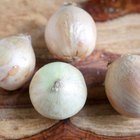
How to Freeze Onions for Future Use
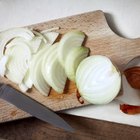
How to Soak Onions in Salted Water
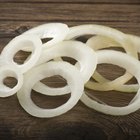
How to Caramelize Onions in the ...

How to Preserve Kohlrabi
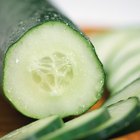
How to Blanch Cucumbers

How to Cook Jerusalem Artichokes
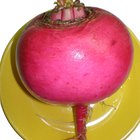
How to Roast Turnips

How to Cook Squash & Zucchini Like a ...
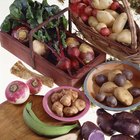
How to Preserve Rutabagas

How Long to Cook Parboiled Potatoes

How Long Does It Take to Steam a Yam?

How to Freeze Carrots Without Blanching
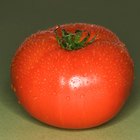
How to Blanch, Peel, & Freeze Whole ...
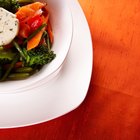
Can You Boil Broccoli & Carrots at the ...

How to Store Walla Walla Freshly Picked ...
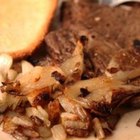
How to Sauté Onions
References
Writer Bio
Kristyn Hammond has been teaching freshman college composition at the university level since 2010. She has experience teaching developmental writing, freshman composition, and freshman composition and research. She currently resides in Central Texas where she works for a small university in the Texas A&M system of schools.
Photo Credits
Photos.com/Photos.com/Getty Images